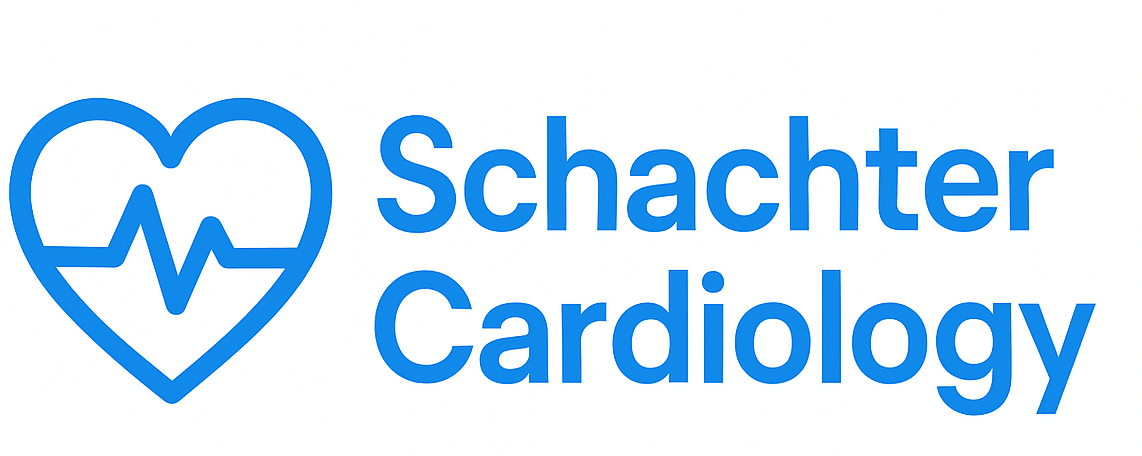
The Silent Threat: Understanding Coronary Artery Disease and Its Prevention
What is Coronary Artery Disease?
Coronary artery disease (CAD) is one of the most common types of heart disease, resulting from the buildup of plaque in the coronary arteries, which supply blood to the heart muscle. Over time, this plaque narrows the arteries, reducing blood flow and increasing the risk of heart attacks. Understanding CAD is crucial for prevention and management.
Causes of Coronary Artery Disease
Several factors contribute to the development of CAD. Some of the primary causes include:
- High Cholesterol: Excess cholesterol can lead to plaque formation in the arteries.
- High Blood Pressure: This condition can damage arteries, making them more susceptible to plaque buildup.
- Smoking: Tobacco use is a significant risk factor, contributing to the narrowing of arteries.
- Diabetes: High blood sugar can damage blood vessels and lead to increased plaque buildup.
- Obesity: Carrying excess weight increases the risk of high blood pressure and diabetes, both of which contribute to CAD.
Symptoms of Coronary Artery Disease
Many individuals with CAD may not experience symptoms until the disease has progressed. Common symptoms include:
- Chest pain or discomfort (angina)
- Shortness of breath
- Fatigue with activity
In some cases, CAD can lead to a heart attack, characterized by severe chest pain, sweating, nausea, or pain radiating to the arms, back, neck, or jaw. Prompt medical attention is critical if these symptoms occur.
Diagnosing Coronary Artery Disease
Healthcare providers use several methods to diagnose CAD:
- Physical Exam: A doctor will assess your medical history and conduct a physical examination.
- Electrocardiogram (ECG): This test records the electrical activity of your heart, helping to identify irregularities.
- Stress Testing: This test evaluates how your heart performs under physical stress.
- Imaging Tests: Imaging techniques like echocardiograms or coronary angiography can visualize blood flow and identify blockages.
Prevention of Coronary Artery Disease
Preventing CAD involves adopting heart-healthy lifestyle changes:
- Diet: A heart-healthy diet includes plenty of fruits, vegetables, whole grains, lean proteins, and healthy fats. Reducing saturated fats, trans fats, and sodium is also essential.
- Regular Exercise: Aim for at least 150 minutes of moderate aerobic activity or 75 minutes of vigorous activity each week.
- Avoid Smoking: If you smoke, seek help to quit. Avoid exposure to secondhand smoke as well.
- Weight Management: Maintaining a healthy weight through diet and exercise can significantly reduce your risk.
- Regular Check-Ups: Regular visits to your healthcare provider can help monitor and manage risk factors such as blood pressure, cholesterol levels, and diabetes.
Managing Coronary Artery Disease
If diagnosed with CAD, your healthcare provider may recommend various treatment options:
- Medications: These may include statins to lower cholesterol, antiplatelet agents to prevent blood clots, and medications to manage blood pressure.
- Lifestyle Changes: Continuing to adopt a heart-healthy lifestyle is crucial for managing CAD.
- Medical Procedures: In some cases, procedures such as angioplasty or coronary artery bypass grafting (CABG) may be necessary to restore blood flow to the heart.
Living with Coronary Artery Disease
Living with CAD requires ongoing management and lifestyle adjustments. Here are some tips to enhance your quality of life:
- Stay Informed: Understand your condition and treatment options.
- Join Support Groups: Connecting with others who have CAD can provide emotional support and practical advice.
- Work with Healthcare Professionals: Regularly consult with your healthcare team for personalized advice and management strategies.
Conclusion
Coronary artery disease is a significant health concern, but with proper knowledge, preventive measures, and treatment, individuals can manage and reduce their risk. Taking proactive steps toward a healthier lifestyle is the best defense against CAD.
Disclaimer: This blog post is for informational purposes only and should not be considered a substitute for professional medical advice, diagnosis, or treatment. Always seek the advice of your physician or other qualified health provider with any questions you may have regarding a medical condition.
Disclaimer: This article is for educational purposes only and does not constitute medical advice. Always consult a qualified healthcare professional.
